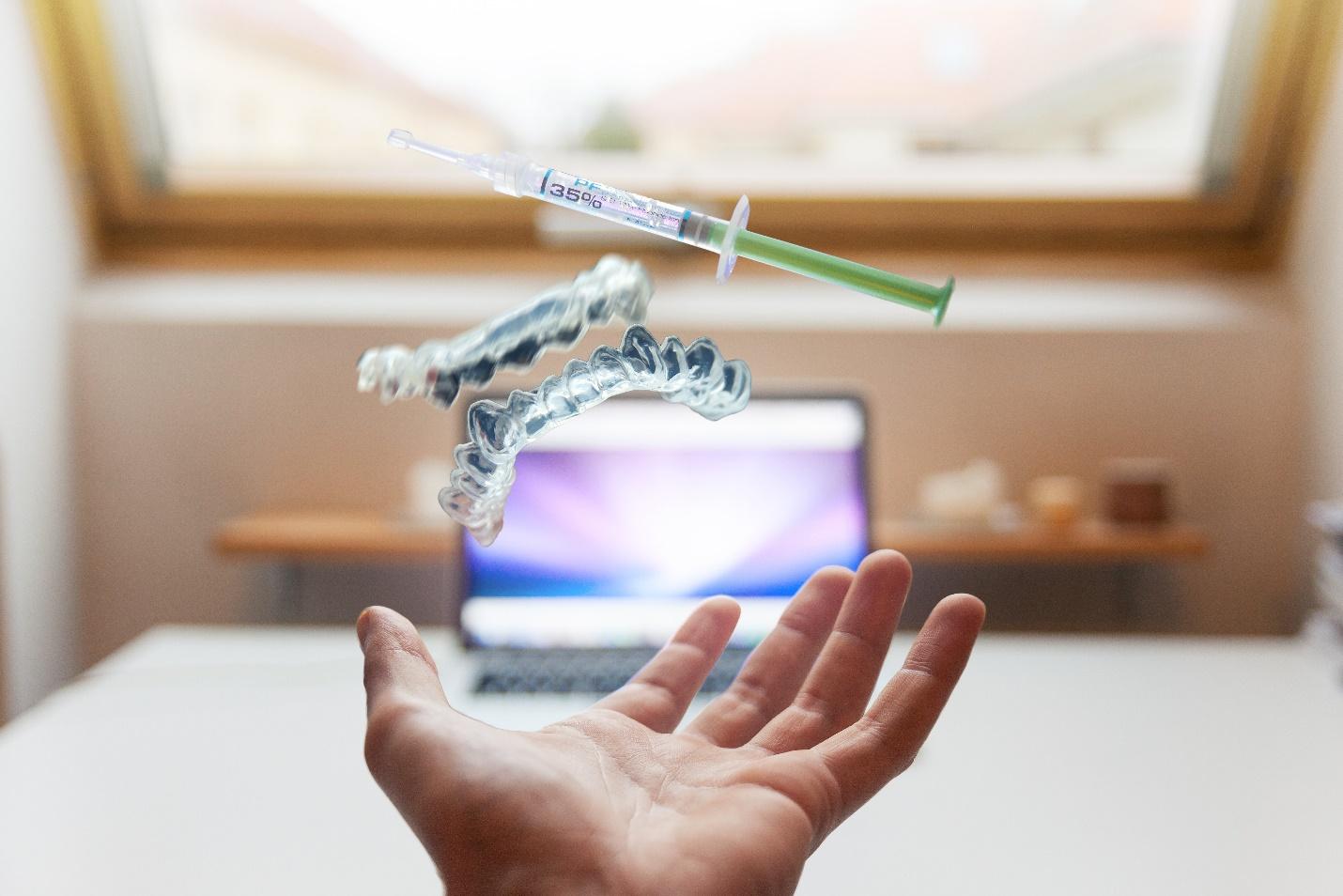We live in the technological era whereby almost every facet of our lives has been changed for the better by technology. It accentuated even further during the pandemic, with people practicing social distancing to prevent the spread of COVID-19. Therein, everyone with access became reliant on technology for ordering food, studying, working, socializing, and relaxing. It was only possible due to the far-reaching grasp of technological transformation. Almost every field or discipline that we know of has evolved by integrating technological resources and services. Technology facilitated us to continue social and professional functioning while practicing social distancing and COVID-19 precautionary measures. Therefore, we must acknowledge the role technology played in allowing us to experience normality and adapt to changes in our lifestyles to survive the pandemic.
Our collective survival of the pandemic was, however, dependent on a group of human beings and not technology, nurses. This generation cannot even begin to thank nurses for the heroic care and leadership in testing, screening, and later, vaccinating individuals for coronavirus. Nurses helped us outdoors in facing the pandemic, while technology helped us indoors in surviving the lockdown.
Nurses, however, still had to face considerable challenges in their work due to the COVID-19 measures, with several nurses losing their lives to the pandemic. Due to this, a technological boom has been observed in the nursing discipline for patient care. This article will briefly discuss the 3 best nursing technologies currently transforming patient care.
- Smart Intravenous Pumps
Technology and nursing have now forged the necessary partnership for augmenting patient care and reducing the nurses’ workload. Arguably, the most impactful of these technologies is the automated intravenous (IV) pumps. Nurses use traditional IV pumps to deliver medication and meals intravenously to the patient’s body. Nurses must control and monitor the medication dosage and nutritional drip amounts administered to each patient. Smart IV pumps do this automatically through a technologically-enhanced pump and software for nurses to input patients’ medication, nutritional requirements, and drip volume. Hospitals across the board have gracefully accepted this innovation as these enhanced pumps ensure faster, accurate, and efficient administration of medicine in routine and critical situations. Nurses spend a considerable amount of time measuring medication and nutrition dosages for intravenous administration to patients. Nurses using automated IV pumps can save this time and allocate more of their time to providing emergency and administrative care.
- Remote and Portable Patient Monitoring
Another technology augmenting the nurses’ capacity to provide patient care is remote monitoring through portable tech devices. The portable devices allow nurses to monitor patients’ vital signs remotely and receive alerts for imminent emergencies. For instance, devices tracking patients’ blood pressure and heart rate alert nurses for an impending cardiac emergency. These devices work with both hospitalized and non-hospitalized patients. Hospitalized patients’ vital sign monitors and trackers have been linked with the concerned nurses’ portable device and a central mechanism with information on all admitted patients. Remote monitoring extends the reach of nursing and healthcare services beyond the health facility to the patient’s home. To facilitate this, non-hospitalized patients must wear innovative wearable devices that continually track their vital signs. The wearable devices relay the data alongside analytics to nurses on their portable devices.
Moreover, remote and continuous monitoring can be highly beneficial for proactive patient care for prognosis and treatment of long-term or chronic ailments. Patient monitoring is beneficial in treating long-term chronic diseases by continuously monitoring and tracking vitals. Nurses can act preventatively by accessing real-time data from their patients.
- Telenursing
Telenursing, also called telehealth nursing, provides nursing care and services to patients remotely through technology. Nurses are currently using this technology to provide online follow-up care or general medical advice to patients. This innovation has been popularized in the last year through intensive marketing of telenursing websites and mobile applications. This technology aimed to reduce the burden on nurses by actively promoting the concept of receiving remote care amongst patients. This technology facilitated interaction between nurses and patients in a calmer setting from their homes, with neither party at risk of contracting coronavirus through physical contact.
Final Thoughts
It can be rightly said that technology stepped in to support nurses and transform patient care altogether. While there are many nursing technologies, the three nursing technologies that stand out are:
- Usage of smart IV pumps that automates and manages the delivery of medicine and nutrition to patients.
- Deploying portable monitor devices to remotely track patients’ vitals and use real-time data to prevent impending life-threatening emergencies.
- Online provision of nursing care for follow-up and general medicinal care through telenursing.
These technologies have transformed patient care and reduced nurses’ physical and mental burdens.
Hope this article is of help to you in understating how patient care is being transformed through technology. Happy Reading.



